One of nature’s greatest impressionists, the flying duck orchid is a bizarrely beautiful plant that boasts an impressive flower, resembling a duck in flight. Native to the Australian wilderness, these duck-like blooms have drawn a lot of attention.
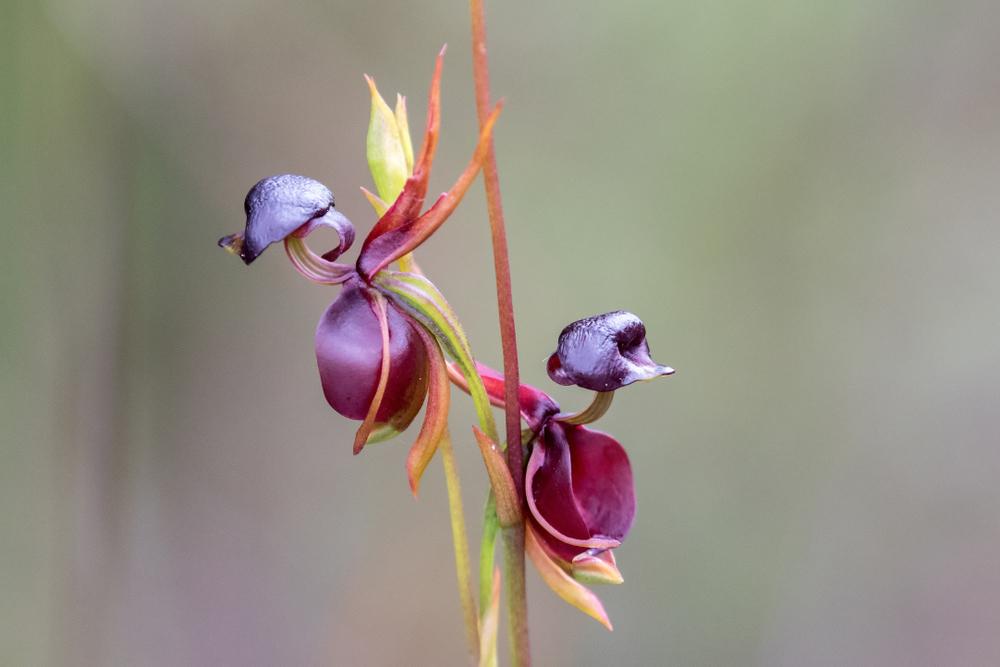
These one-of-a-kind orchids that seem straight out of a fairytale produce purple, deep-red, and green blooms that appear between September and February. Scientifically known as the Caleana major, these plants are found in open forests and woodlands of Queensland, South Australia, Tasmania, Victoria, and New South Wales.
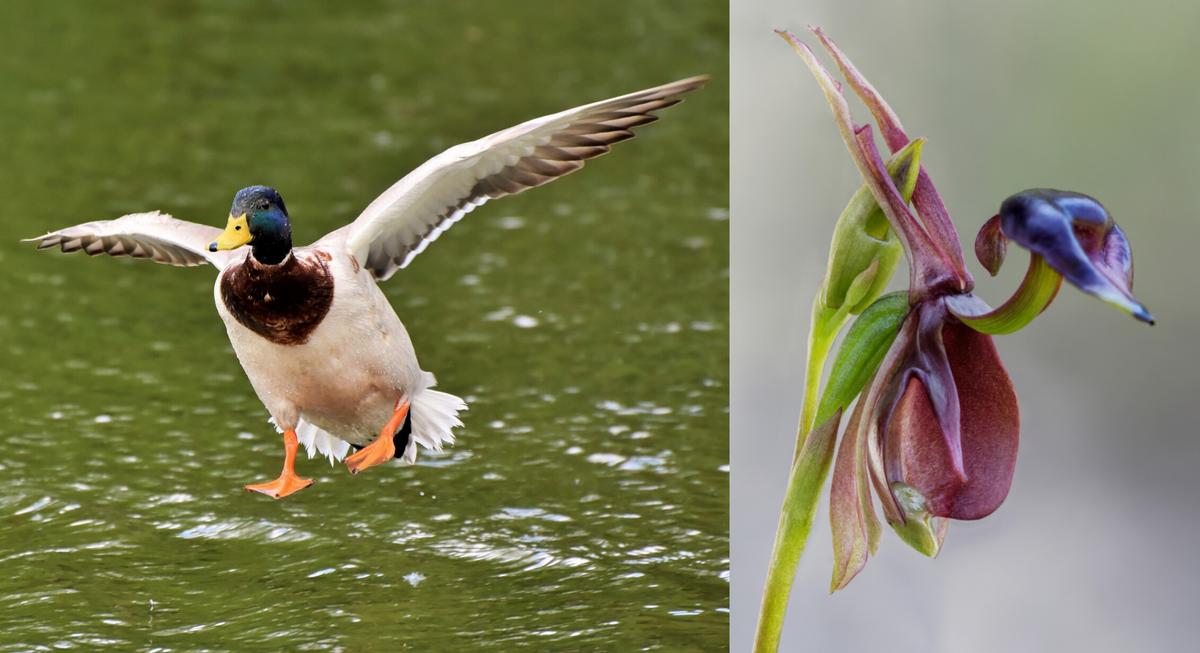
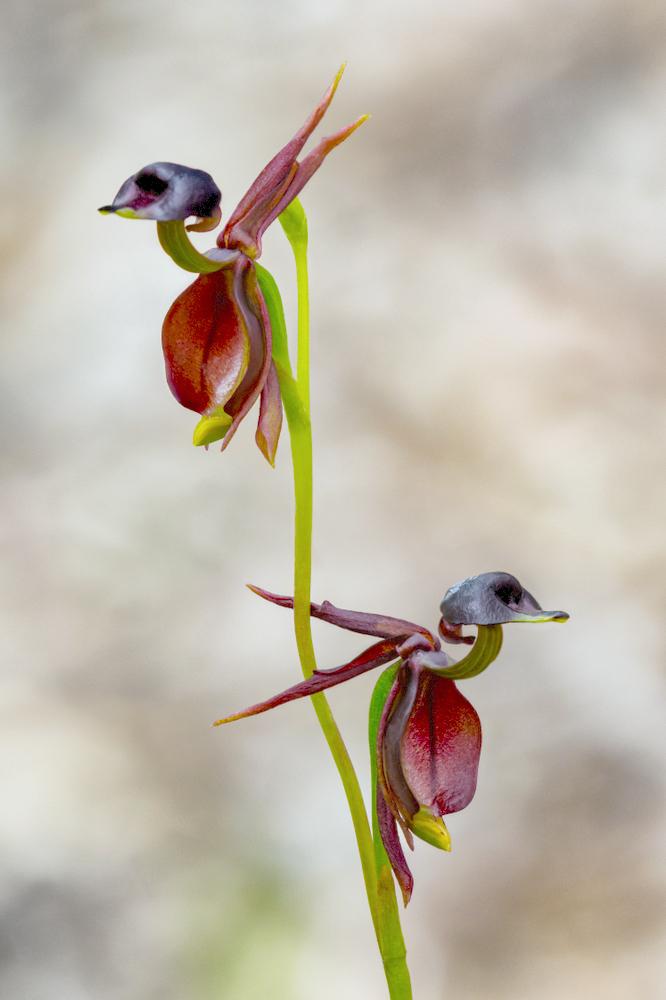
Although the sawfly doesn’t really intend to play the role of a pollinator, it collects some of the pollen and spreads it elsewhere, unintentionally helping the plant to survive.
Unfortunately, it’s quite uncommon to spot the flying duck orchid, and it has been listed in Australia’s vulnerable plant list due to “habitat destruction” and diminishing numbers of critical pollinators.
Additionally, for those who love gardening and have been curious to know if they can grow the flying duck orchid in their backyard, Gardening Know How notes that these plants are not available in the market.
Many people who have attempted to grow them in certain parts outside of the Australian continent haven’t been successful, and the plants don’t tend to survive. The growth of the flying duck orchid depends mainly on a fungus that is found only in its natural habitat, which is basically the eucalyptus woodlands of southern and eastern Australia. Researchers believe that the fungus helps the orchid ward off any possible infections and keeps the plant healthy.

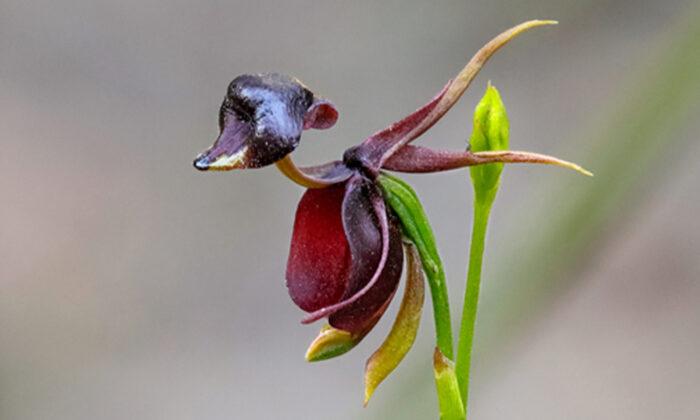

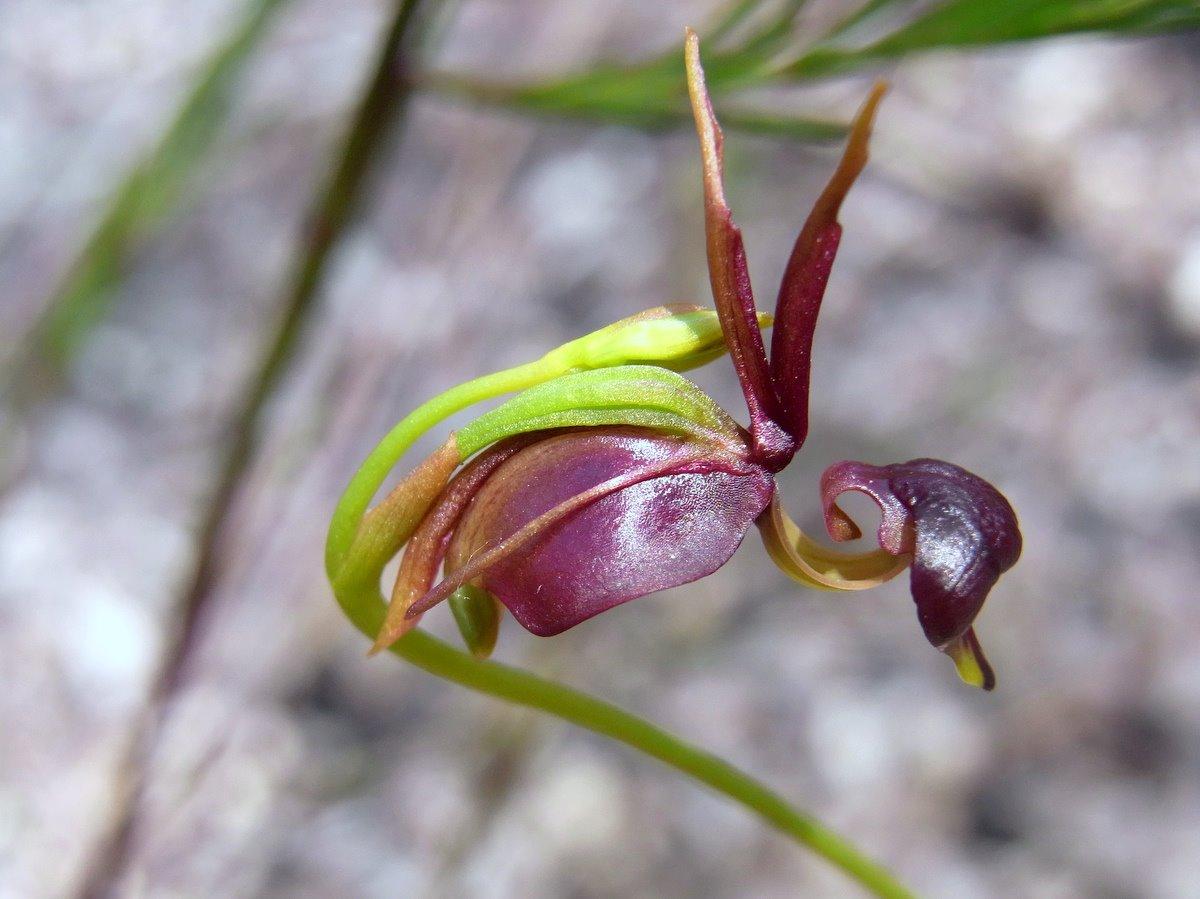




Friends Read Free